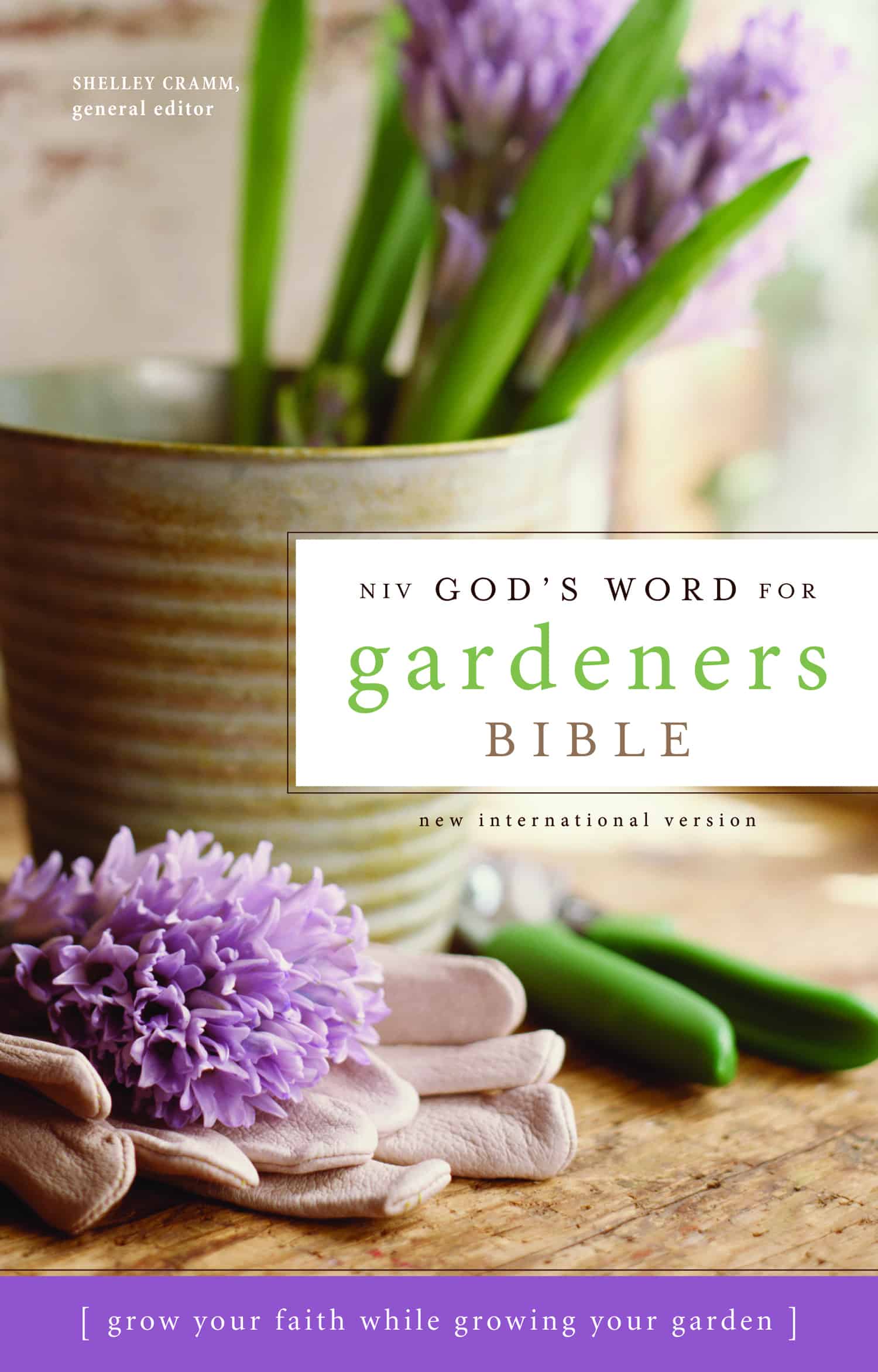Dandelion
Taraxacum officinale
Asteraceae, Sunflower Family


...celebrate the LORD's Passover...eat the lamb, together with unleavened bread and bitter herbs.
Numbers 9:10-11 NIV

Find dandelions in the NIV God’s Word for Gardeners Bible among the "Native Plants" of the Promised Land near Deuteronomy 11, part of the Garden Tour, pages a-15 & a-16. Other Bitter Herbs are discussed as part of the Garden Work theme of Celebrating the Harvest, page a-36

They made their lives bitter with harsh labor in brick and mortar and with all kinds of work in the fields; in all their harsh labor the Egyptians worked them ruthlessly.
Exodus 1:14 NIV
Cultural Information
| Type | Bitter Herbs, an Edible Perennial |
| Height | 18 inches |
| Soil | any soil will do! |
| Exposure | full sun or part shade |
| Leaves | strong green, generally oblong, prominent central vein with symmetrical, deeply lobed or saw-tooth edge to leaves, fanning from a basal rossette |
| Flowers | bright, sunny yellow, single tufted blossom on a tubular stem, usually growing taller than leaves from center of the plant. |
| Fruit | Flowers close after blooming to form seeds and open again in a perfect globe of feathery wings to float and carry seeds through the air |
Planting Tips
- zone hardiness 3 to 10
- dandelions tend to plant themselves! cultivate "volunteers"
- plants will seem more prominent in the springtime, growing energetically before lawns and other perennials get started
- cultivate newly growing "volunteers" as garden plants, and rid those in unwanted areas by fully removing the root - new growth regenerates from even a small piece of root left intact
- dandelions require no fertilizer and grow virtually pest-free
- seeds are prolific so best to remove flowers immediately - have a little child help you, they love to collect these bright yellow posies!
- however, those bright yellow beauties attract bees, some of the first flowers of spring available to them
Garden to Table
- flowers wilt quickly and globe seedheads disperse at the slightest air movement, so greens are the best part of the plant for vases, as filler with other garden flowers
- tender, new leaves are suitable for salads, sandwiches, or garnish
- older, tougher leaves are tasty sauteed or boiled; add to other mustard greens
- once the heat of summer arrives, leaves can be blanched to overcome their strongly bitter taste; cover plants with upside down flower pots (block all light and water) for a week or so, then harvest whitened plants
- all parts of the plant are edible; steep flowers to make tea, or for the adventurous, look up recipes for dandelion wine or roasted root for a coffee substitute
- click to this recipe for Dandelion Pesto from garden writer Ellen Zachos for Home, Garden, and Homestead, www.homegardenandhomestead.com
- NEVER eat dandelions that have been treated with herbicides or have been exposed to ant killer granules or insecticides
More Research
See Blog Posts on DandelionDandelions were likely linked to the promise of a land “flowing with milk and honey,” as they provide forage for goats and pollen for bees. Additionally, the leaves may have been eaten as a bitter herb in the Passover meal, though romaine lettuce is usually the leafy “bitter herb” of modern Passover Seders (Exodus 12:8).
-from the NIV God's Word for Gardeners Bible

They made their lives bitter with harsh labor in brick and mortar and with all kinds of work in the fields; in all their harsh labor the Egyptians worked them ruthlessly.
Exodus 1:14 NIV
Photo Credits
© 2015 Shelley S. Cramm Dandelions could be considered among the Bitter Herbs of the Bible, greens the Israelites were to gather quickly and eat as the Passover meal before being delivered from slavery in Egypt (Exodus 12:8)
© 2014 Shelley S. Cramm A garden nuisance? Or a nutritious, leafy green for garden to table goodness??
© 2014 Shelley S. Cramm Bees landed on dandelion flowers in a Texas garden


 Coriander
Coriander